12 Dangerous Fish That Belong In The Ocean Instead Of Your Tank
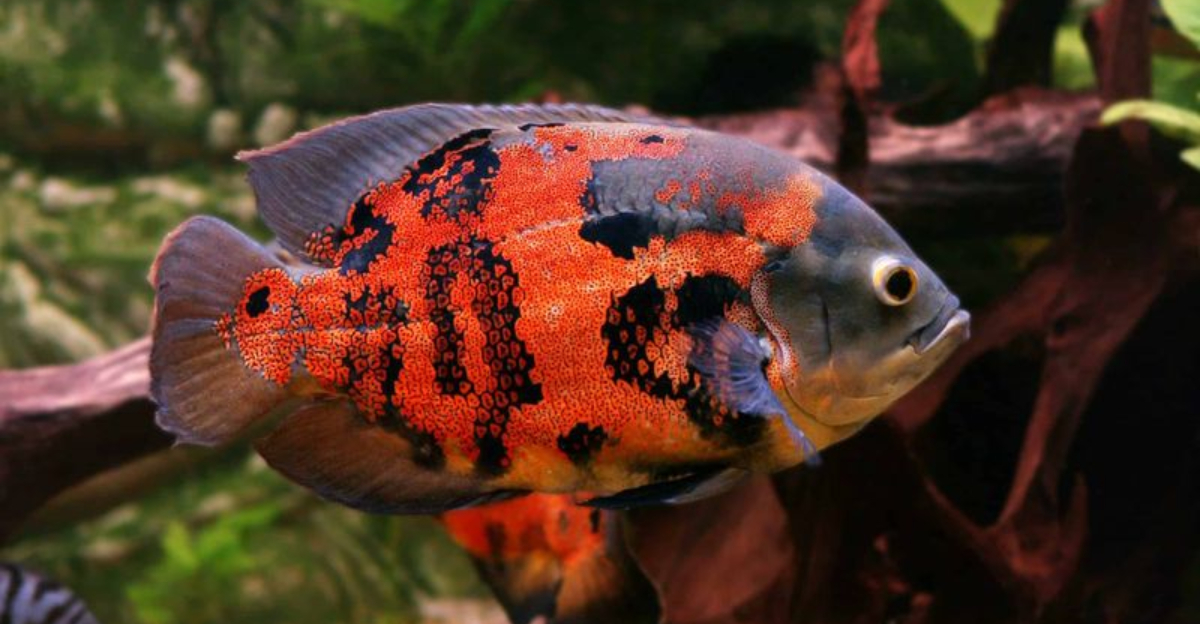
Some fish are so striking, unusual, or exotic-looking that hobbyists may be tempted to keep them despite the risks.
While these species might show up in aquarium shops or online forums, they come with hidden dangers that go far beyond difficult care. Here are dangerous fish best admired in the wild, or from a safe distance.
1. Lionfish
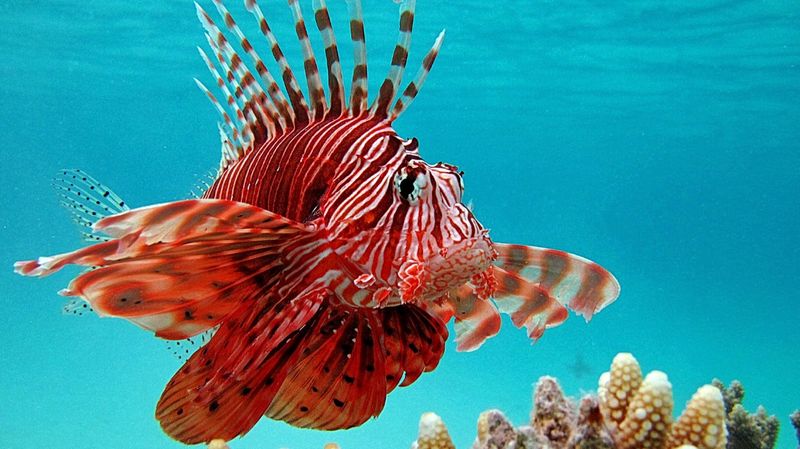
Behind those elegant, flowing fins lies a defense system that can land you in the emergency room. The venomous spines contain toxins that cause intense pain, swelling, and sometimes breathing difficulties.
No antivenom exists specifically for lionfish stings, making treatment complicated. Even experienced aquarists have suffered accidental stings while performing routine tank maintenance, proving beauty and danger often swim together.
2. Stonefish
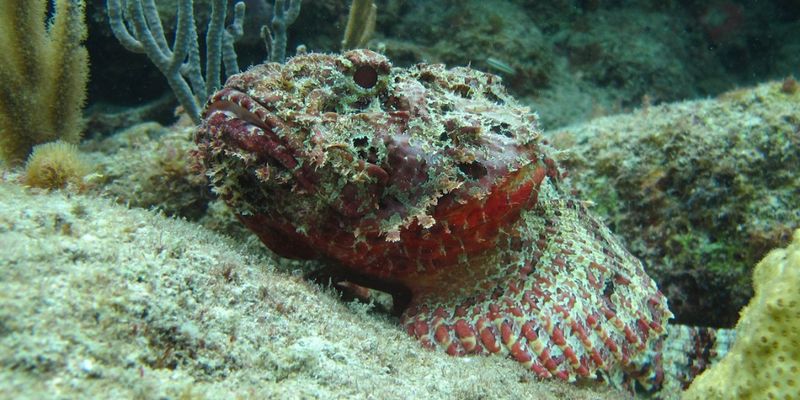
Masters of disguise, stonefish lurk motionless on tank bottoms, virtually indistinguishable from rocks. Their camouflage isn’t just for show—it hides 13 dorsal spines loaded with some of the most potent venom in the ocean.
A single accidental touch during tank cleaning can cause excruciating pain, tissue death, or even fatal complications without immediate medical intervention. Their perfect disguise makes them perfectly dangerous.
3. Freshwater Stingray
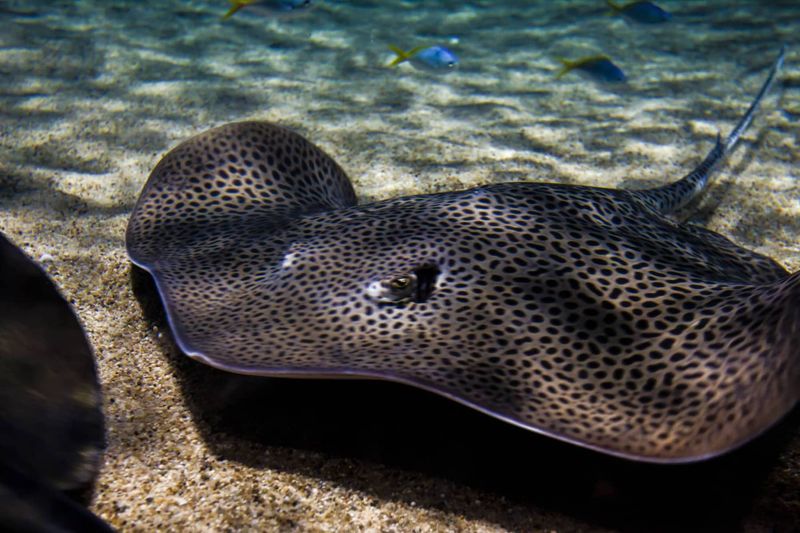
Graceful and pancake-shaped, freshwater stingrays captivate with their unique appearance. Yet their whip-like tails conceal barbs that deliver venom capable of causing wounds more painful than childbirth, according to some victims.
These gentle-looking creatures require massive specialized tanks and experienced handling. One defensive tail whip during water changes can result in a hospital visit and wounds that heal slowly and often become infected.
4. Electric Eel
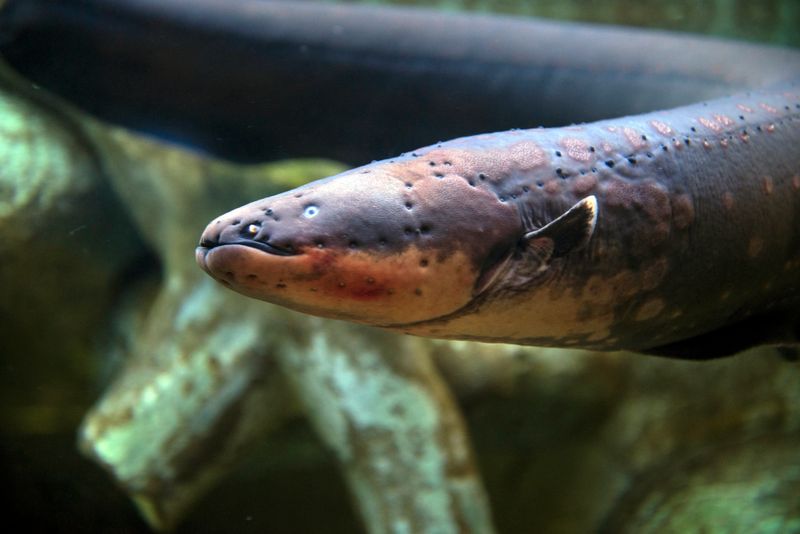
Not actually eels but knife fish, these Amazonian creatures can generate up to 600 volts of electricity—enough to stun a horse! Keeping one means risking potentially fatal shocks during routine maintenance.
They require enormous tanks exceeding 1,000 gallons and specialized equipment that won’t short-circuit. Even professional aquariums use rubber gloves and insulated tools when handling them. Their shocking personality truly belongs in the wild.
5. Wolf Fish
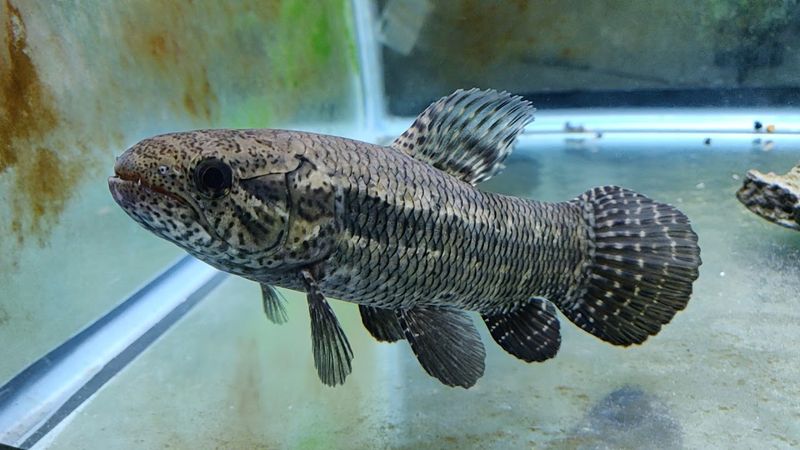
Don’t let their fascinating pattern fool you. Wolf fish earn their name from a mouthful of canine-like teeth capable of crushing bones and severing fingers.
Territorial and ambush predators by nature, they strike with lightning speed when feeling threatened. Many unfortunate aquarists have learned this painful lesson while rearranging decorations or retrieving items from their tanks. Their unpredictable aggression makes them particularly hazardous household residents.
6. Red-Bellied Piranha
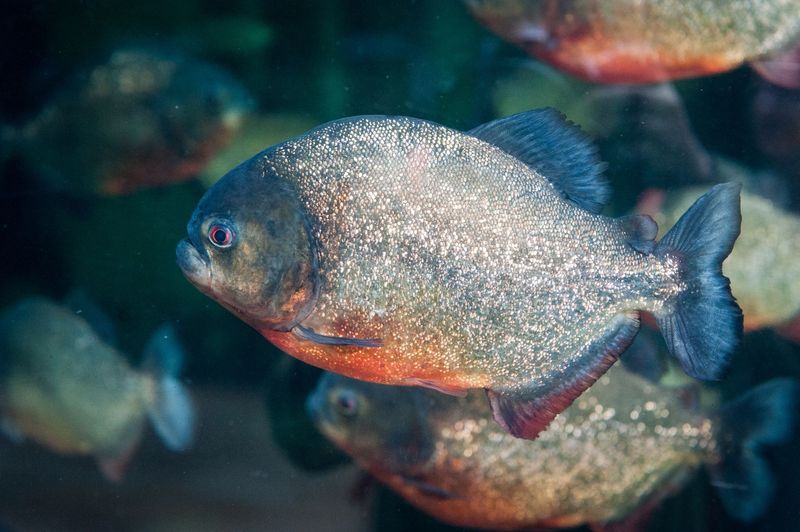
Hollywood has exaggerated their feeding frenzies, but don’t be fooled—these fish pack serious bite force. Their triangular teeth slice through flesh with surgical precision, making finger injuries during feeding or maintenance a genuine concern.
Skittish by nature, they’re prone to panic, often resulting in bites to tankmates or owners. Despite their small size, a group of piranhas can quickly turn aggressive when they detect blood in the water.
7. Triggerfish
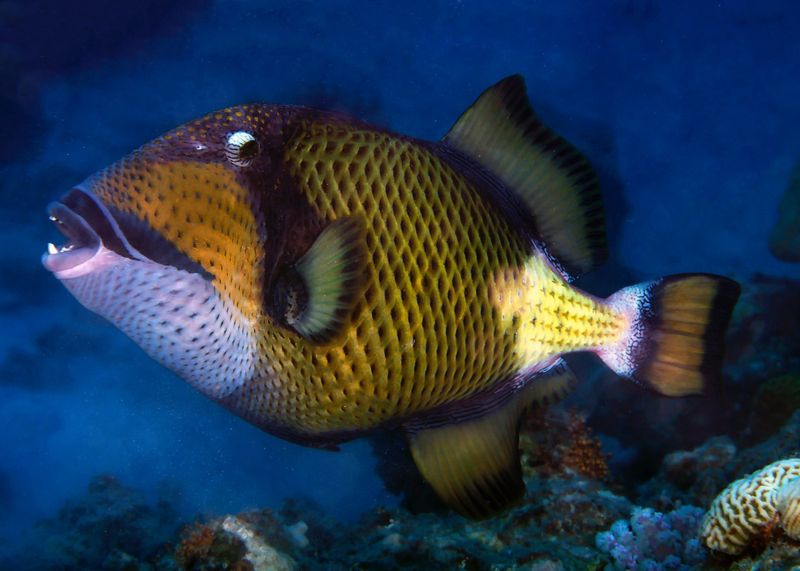
Vibrant colors and cartoon-like faces mask the triggerfish’s true nature. These territorial tyrants possess powerful jaws designed for crushing coral and sea urchin shells—jaws that can easily remove chunks of human flesh.
Aquarists report them recognizing their owners and sometimes developing vendetta-like behavior against specific people. Their intelligence makes them fascinating but unpredictable. When triggered, they’ll charge with surprising speed, aiming directly for hands and fingers.
8. Arowana
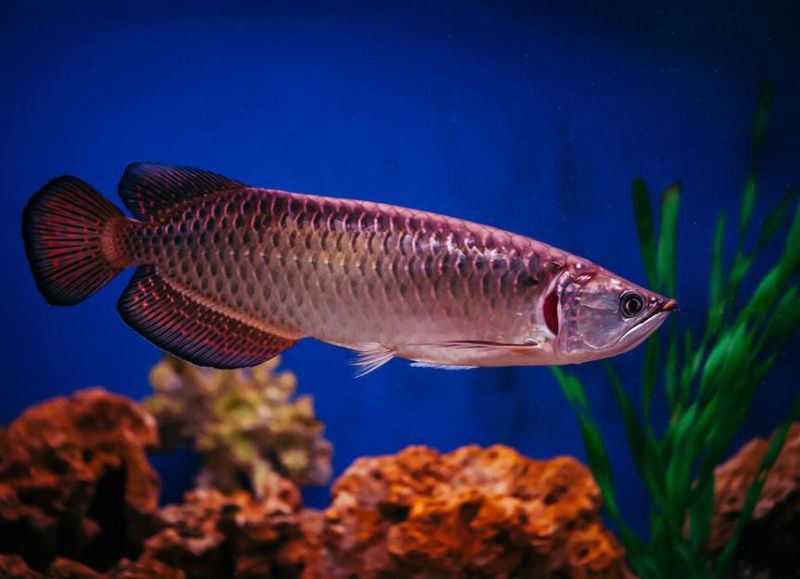
Revered as living dragons and symbols of good fortune, these prehistoric-looking fish command high prices among collectors. Their sleek bodies can exceed three feet in length and launch several feet into the air with explosive power.
Many arowana have injured themselves fatally by smashing into tank lids or lights. Others have damaged property after escaping tanks entirely. Their aggressive feeding response often results in bitten hands and fingers when owners dangle food above the water.
9. Giant Gourami

Sold as adorable palm-sized juveniles, these gentle giants transform into two-foot behemoths with attitude problems. Their massive size and surprising strength can easily topple tank decorations or splash gallons of water onto electrical equipment.
Surprisingly intelligent, they recognize their owners and sometimes develop territorial aggression during breeding seasons. Their powerful mouths, designed for crushing fruits and vegetation, can deliver painful bites when they mistake fingers for food or feel cornered.
10. Oscar Fish
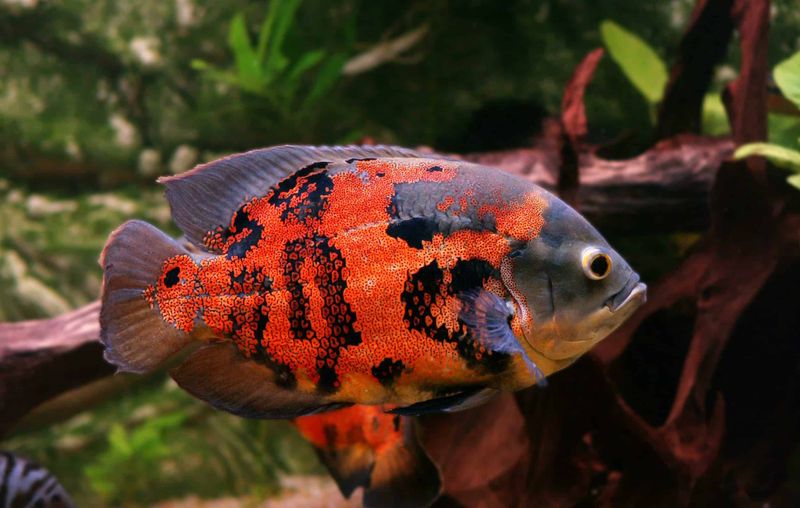
Famous for their dog-like personality and intelligence, oscars form strong bonds with their owners. That relationship has a dark side—they can become possessive of their territory and surprisingly aggressive during feeding time.
Their powerful jaws, evolved for crushing invertebrates, can inflict painful bites that sometimes break skin. Many aquarists have discovered this when performing tank maintenance. Their intelligence makes them fascinating pets but also means they remember and hold grudges.
11. Bala Shark
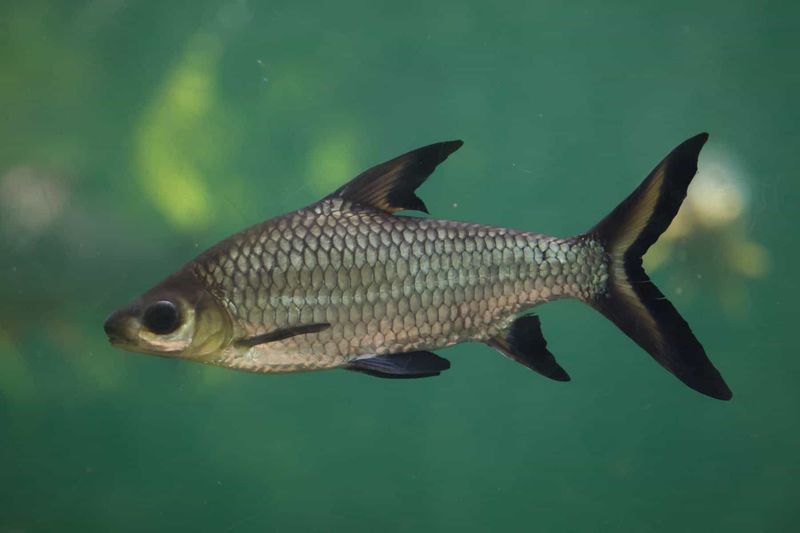
Marketed as peaceful community fish, these silver torpedoes grow from cute two-inch juveniles into foot-long speedsters. When startled—which happens easily—they become living missiles, racing around tanks at incredible speeds.
Their panic often results in self-injury against glass or decorations. Tankmates frequently suffer collateral damage from these frenzied dashes. Many bala sharks develop chronic stress in home aquariums, leading to weakened immune systems and premature death.
12. Pacu
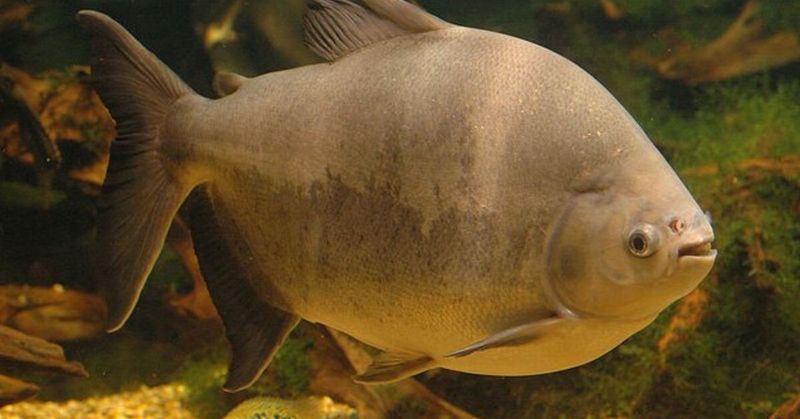
Often mistaken for piranhas by pet stores, pacus quickly outgrow this comparison—and most home tanks. Their most unsettling feature? Human-like teeth designed for crushing nuts and seeds.
These powerful molars can easily crush fingers caught between them. Growing up to three feet long and weighing 30+ pounds, they require enormous tanks few hobbyists can provide. Released into local waterways by overwhelmed owners, they’ve become invasive species in multiple countries.






